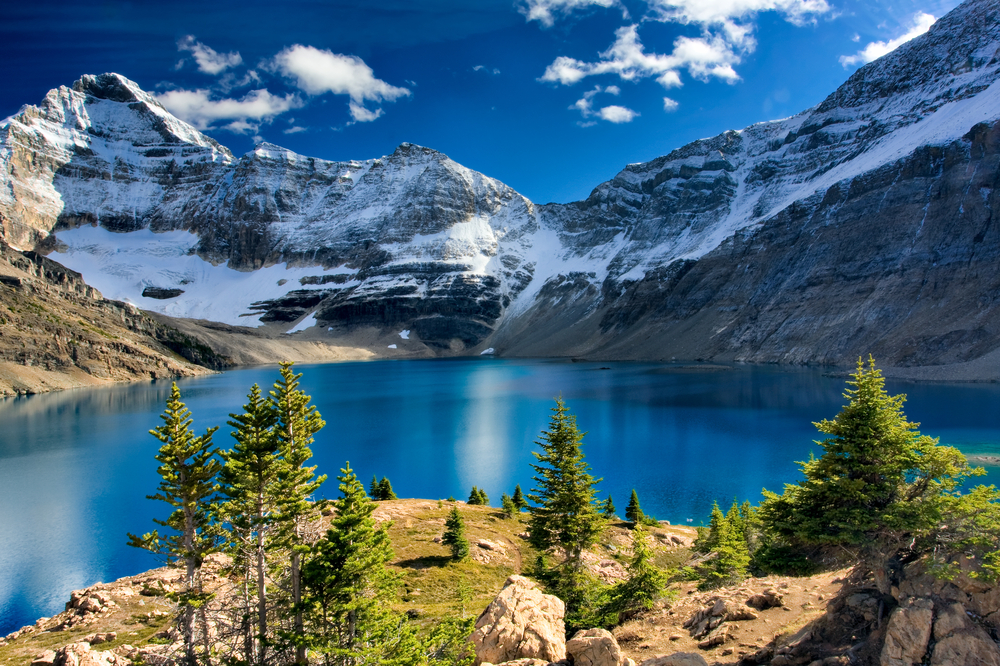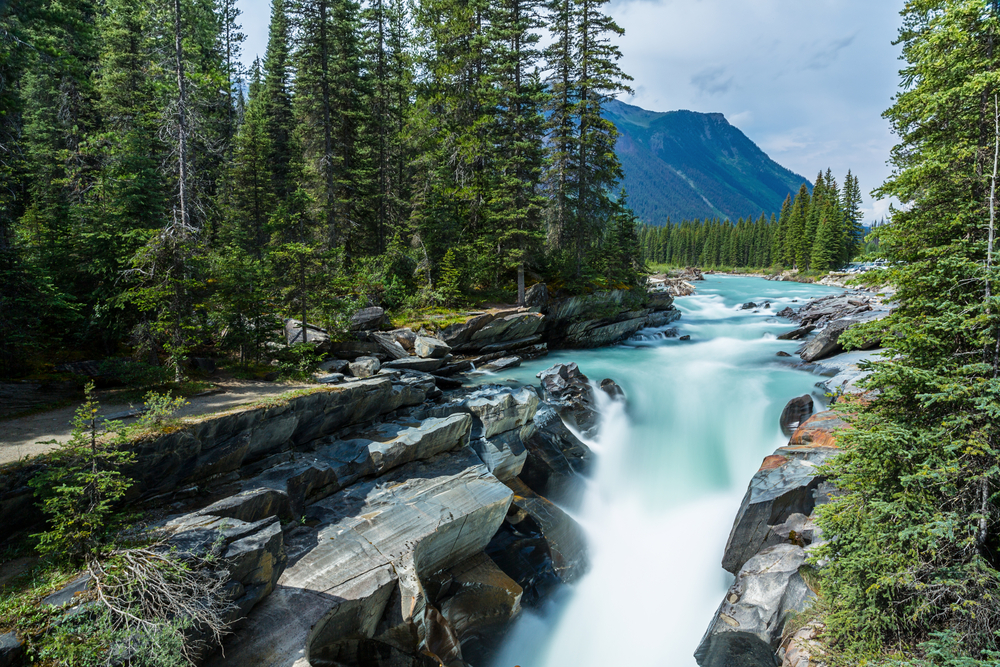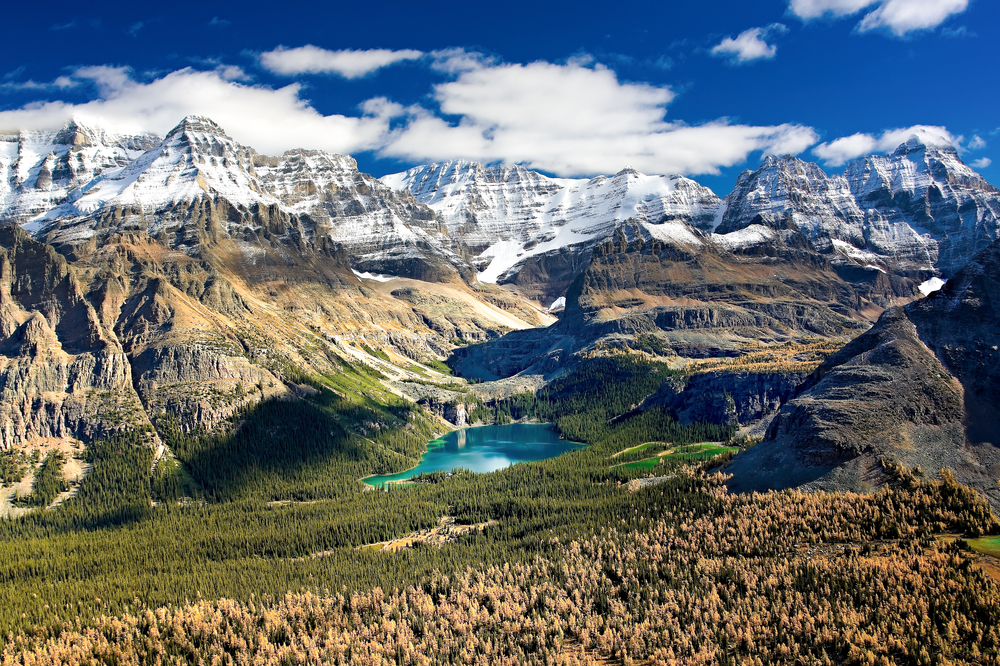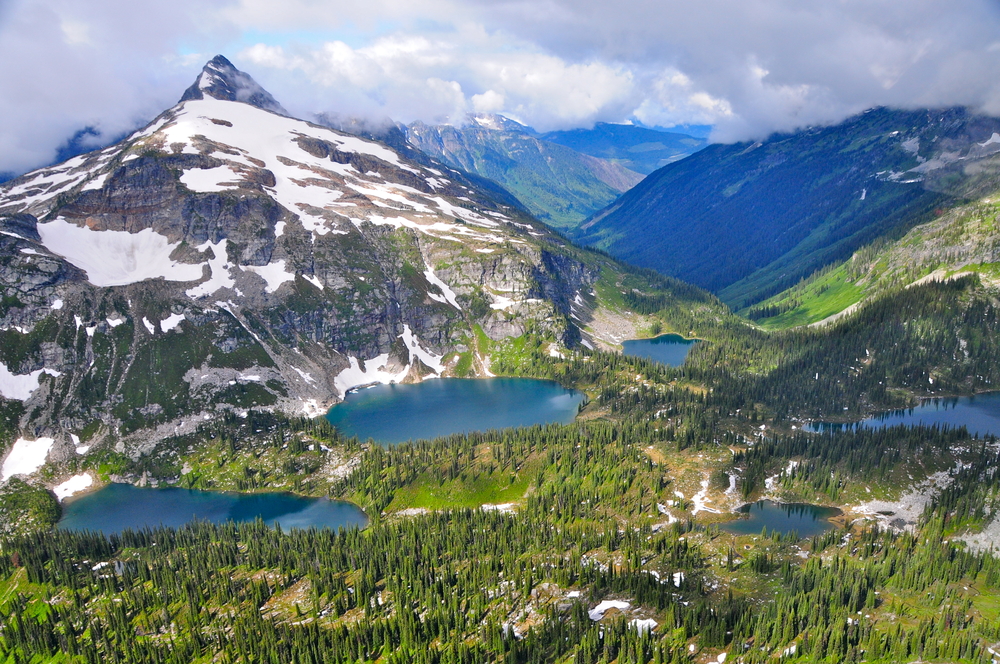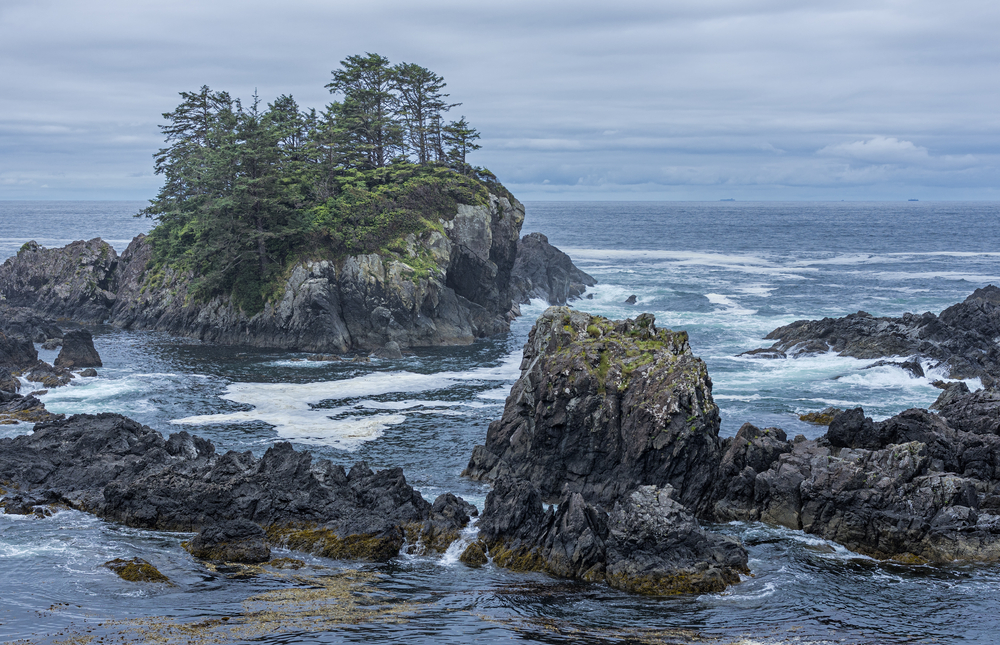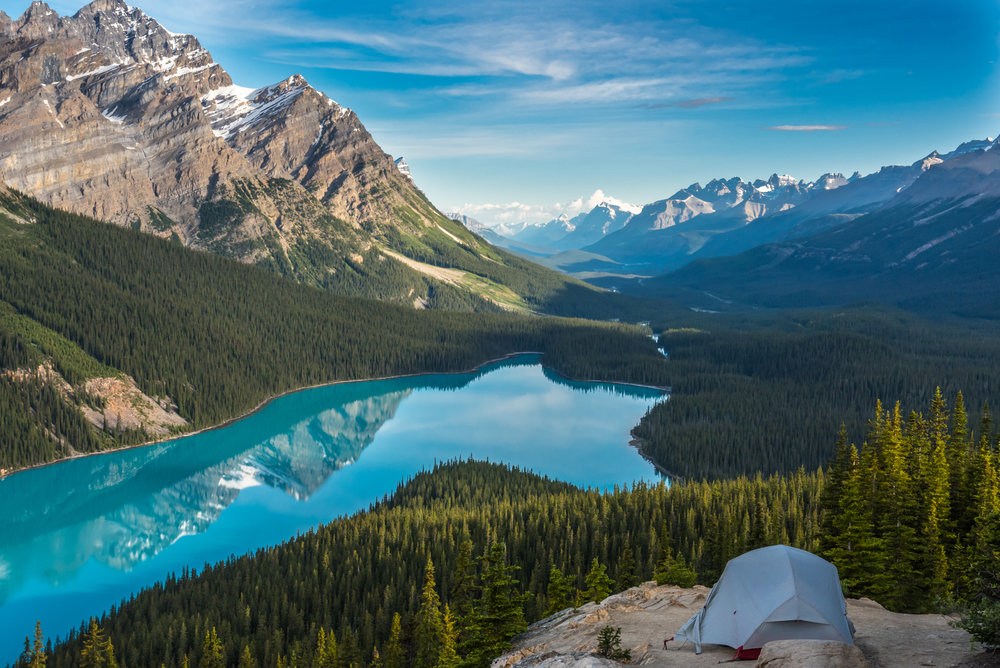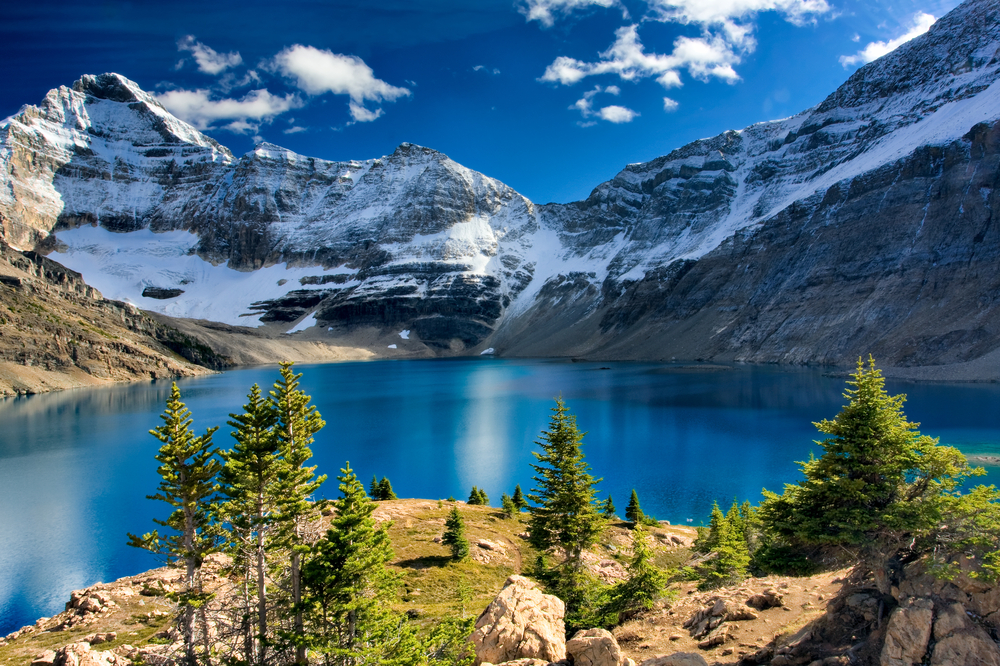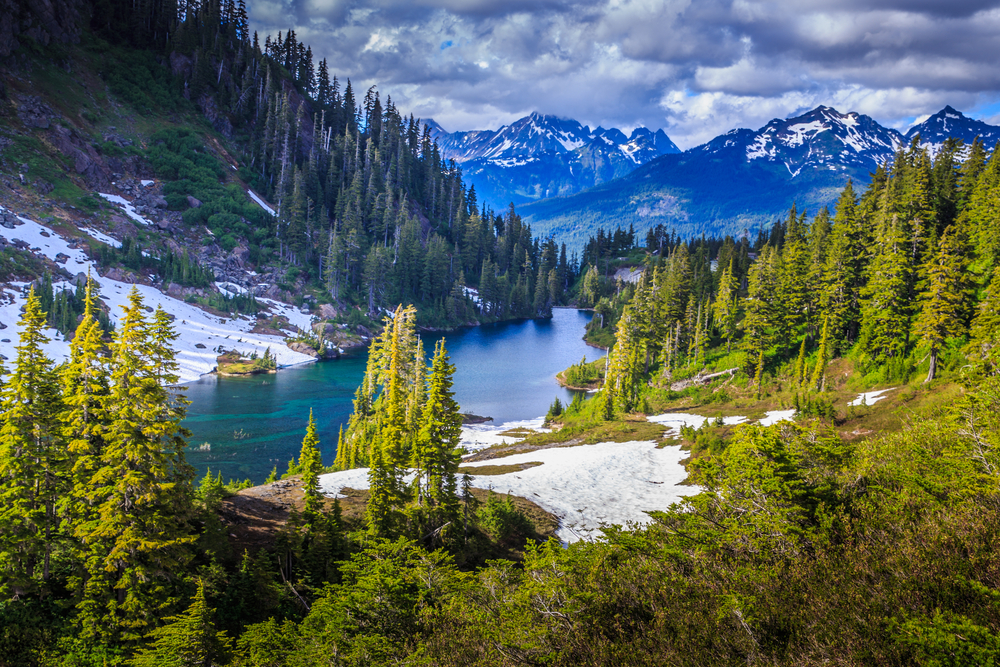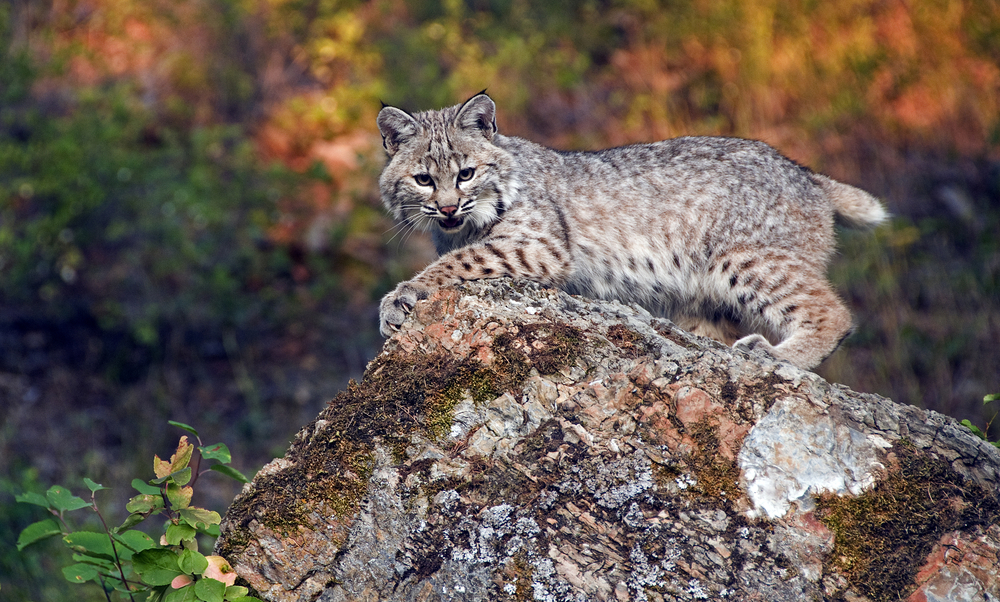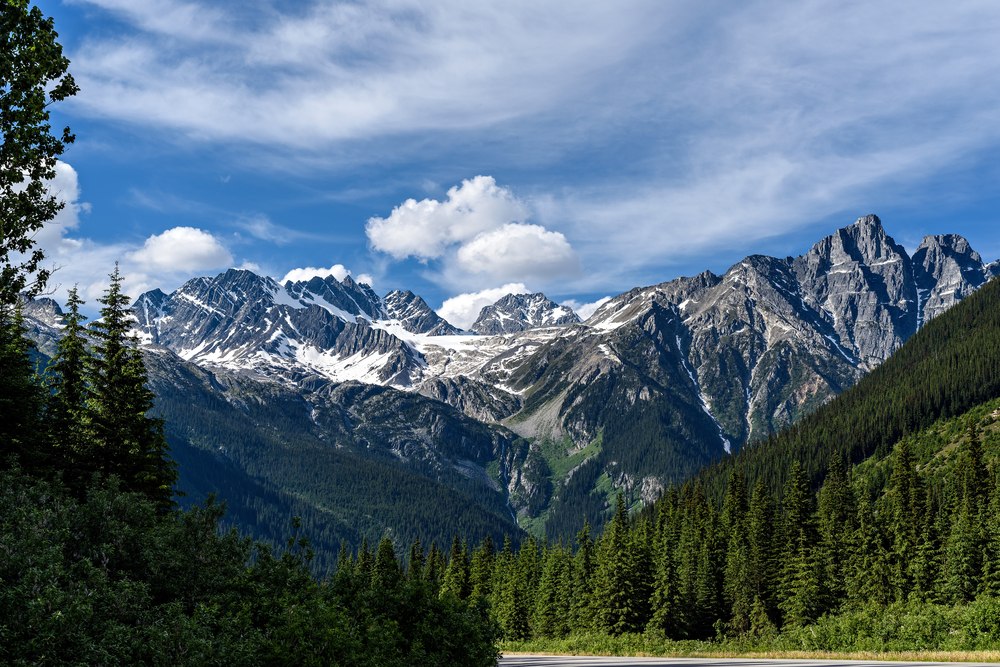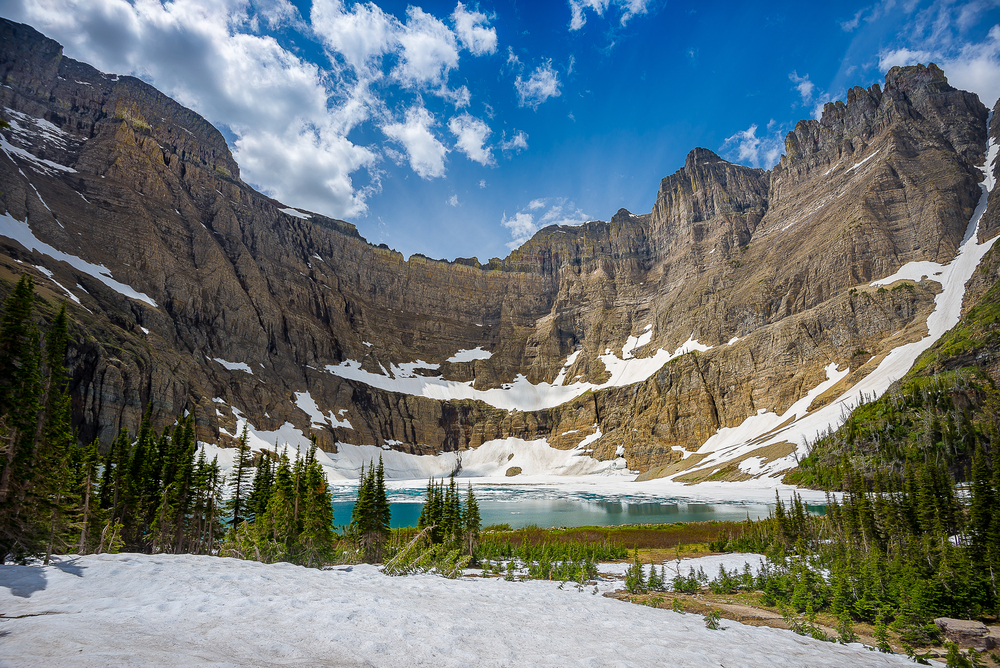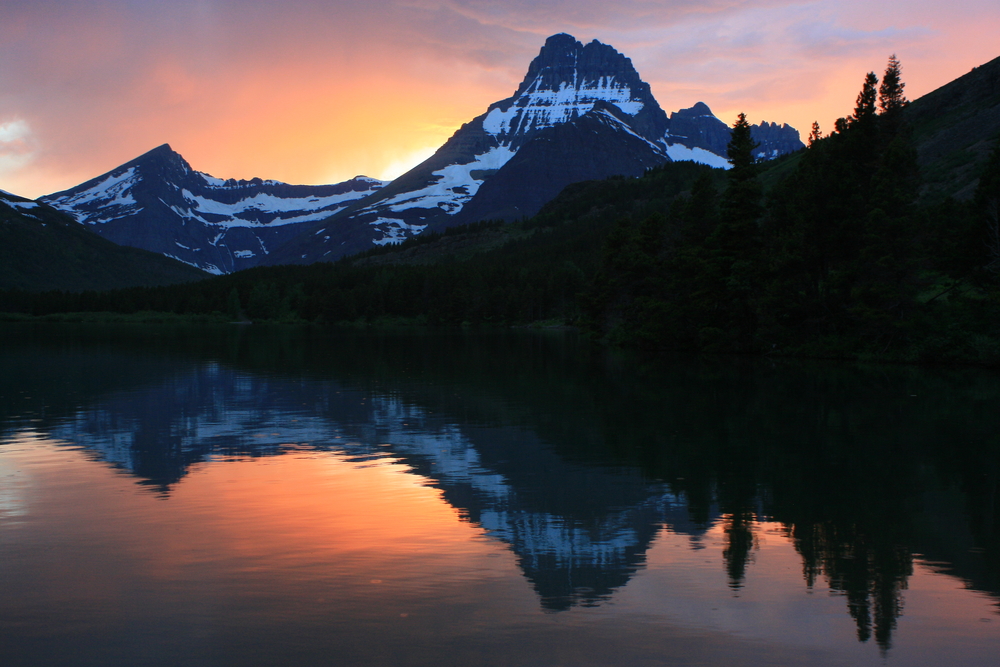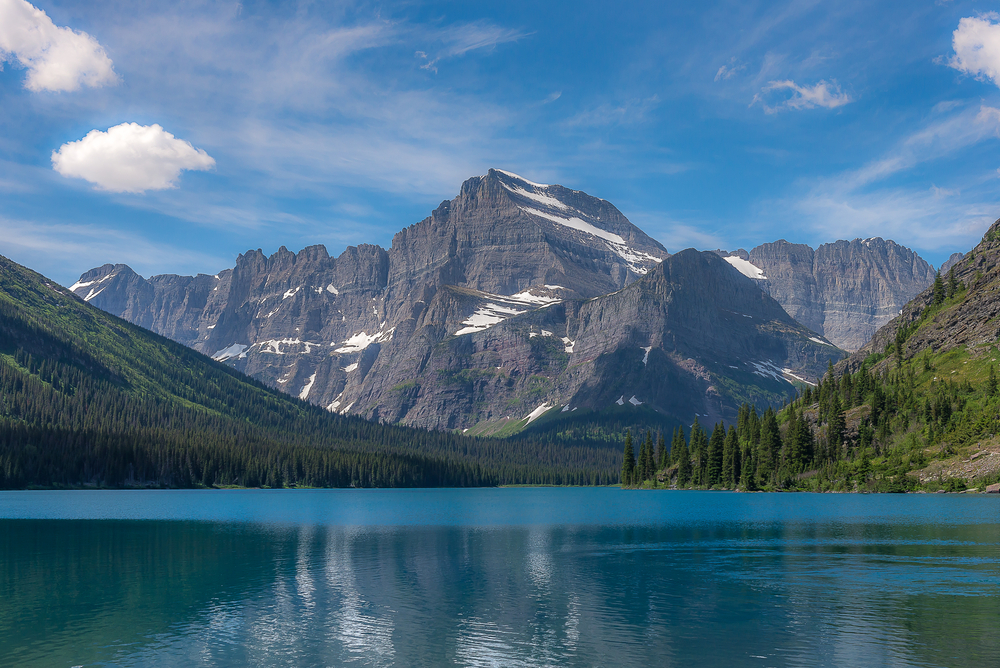Popular
Glacier National Park in Canada, renowned for its imposing mountains and extensive icefields, also serves as a vital habitat for a diverse array of wildlife, offering visitors the chance to encounter species uniquely adapted to the park’s rugged and often harsh alpine and forest environments.
Grizzly Bear – Emblematic of the Canadian wilderness, Grizzly Bears roam Glacier’s vast landscapes, a powerful symbol of the wild and unspoiled nature that defines the park.
Mountain Goat – Sure-footed and agile, Mountain Goats are often seen on the park’s rocky ledges, their white coats and calm demeanor belying their rugged lifestyle.
Columbia Ground Squirrel – Ubiquitous in the park’s meadows, these sociable squirrels are known for their loud calls and the dramatic way they stand upright on their hind legs.
Hoary Marmot – Known as the “whistle pig” for their piercing alarm calls, Hoary Marmots are a common sight among the park’s rocky outcrops, sunning themselves on warm days.
American Pika – Tiny but hardy, Pikas are adapted to high-altitude life, with their distinctive calls echoing across talus slopes and rocky areas within the park.
Black Bear – More elusive than their grizzly counterparts, Black Bears can occasionally be spotted foraging in the forests and along the park’s lower mountain slopes.
Bald Eagle – Soaring above rivers and lakes, the Bald Eagle is a majestic presence in Glacier, showcasing the park’s rich avian biodiversity and pristine habitats.
Elk – Majestic herds of Elk graze in the park’s lower valleys and meadows, especially during the rut in autumn when their haunting bugles fill the air.
Pine Marten – Agile and elusive, Pine Martens hunt in the park’s forests, their presence a sign of a healthy, biodiverse woodland ecosystem.
Canadian Lynx – With their large paws and keen hunting skills, Canadian Lynx stalk the park’s snow-covered landscapes in search of prey, embodying the wild essence of Glacier National Park.
Glacier National Park’s wildlife, from the stealthy lynx to the vigilant ground squirrel, enriches the visitor experience, offering a vivid portrayal of life in one of Canada’s most spectacular natural settings.








































































